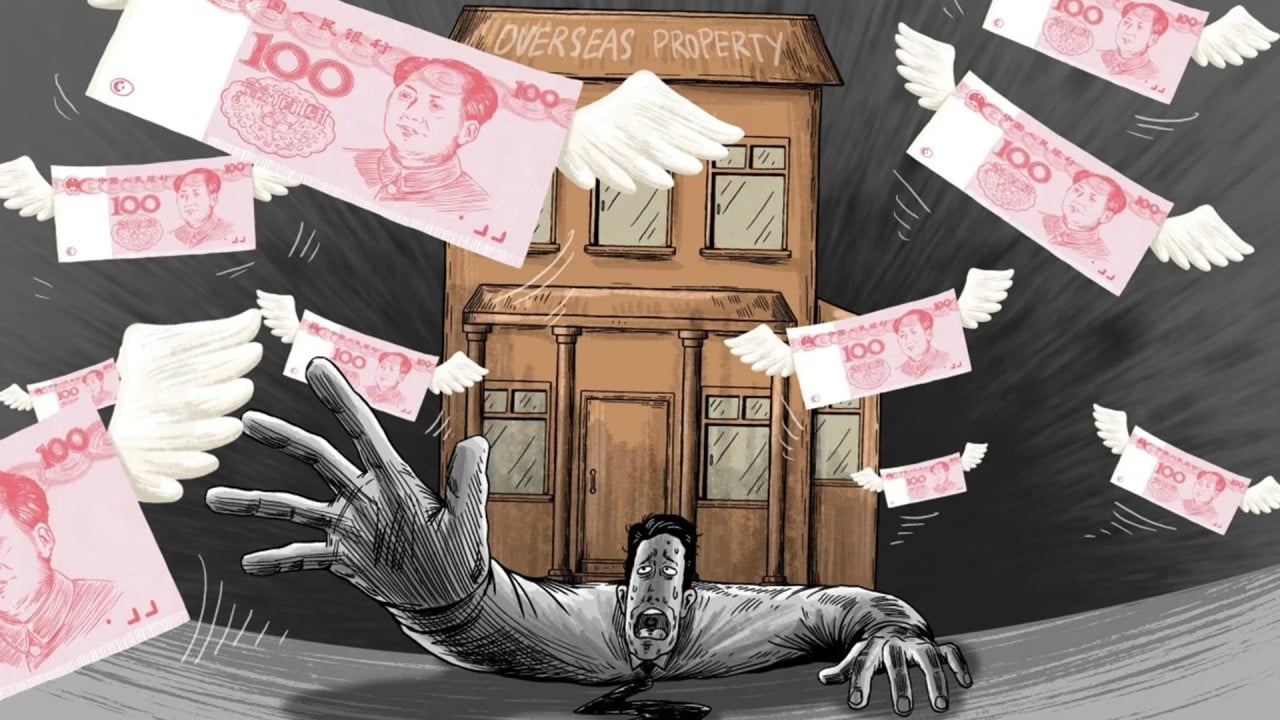As a small item on China’s quarterly balance sheet for international payments, direct investment liabilities typically does not attract much attention. But it grabbed headlines this month when it fell into the red – the first time China has recorded an investment deficit since the data started being recorded in 1998.
Analysts cited the deficit of US$11.8 billion for the third quarter as a sign of battered foreign investor confidence in the world’s second largest economy. A deficit means money from investors is leaving the country through ways that include repatriating profits to head offices outside China instead of reinvesting in domestic operations. In a broad sense, this suggests that de-risking efforts by the US and its allies are starting to have an effect, possibly weakening China’s economic standing.
This is not a welcome sign for China. Beijing has been playing down talk of capital flight, and the Ministry of Commerce highlighted the fact that China remains a magnet for global investors with foreign direct investment (FDI) flows reaching an “all time high” of 1 trillion yuan (US$137.3 billion) in the first nine months of the year.
China’s welcome to foreign firms a boon for manufacturing sector
China’s welcome to foreign firms a boon for manufacturing sector
Given the size of the Chinese economy, it is always possible to find data, anecdotes and other types of evidence to justify any particular narrative about the country’s relationship with the world. Anyone wanting to argue that China is being dumped by multinationals will find solid data to support that view, but it is also not hard to find evidence of China remaining a key FDI destination.
China has constantly complained about negative narratives regarding its economy. Recent measures taken by China – including police raids of foreign consultancies and exit bans on foreign executives – have dominated international news coverage, painting the country as a hostile place for investors.
Still, China’s vast bureaucratic apparatus remains well-positioned to facilitate economic growth, and the government maintains a strong desire for foreign capital in the service of “high quality development”.
US vaccine maker Moderna is the latest example of how China can still coax foreign firms. The pharmaceuticals giant signed a “memorandum of understanding” with the Shanghai government in July to build a research and production facility. Just three months later, a plot of land as large as Hong Kong’s Victoria Park was ready for Moderna – an astonishing pace even by China’s standards.
According to Shanghai media reports, local authorities bent their work schedule to accommodate Moderna. Xinzhuang Industrial Zone officials guaranteed a two-hour response time for any request from Moderna. With a 12- or 13-hour time difference between Shanghai and Massachusetts, depending on the time of year, the Shanghai side set up night shifts to ensure the US side never needed to wait.
It is hard to imagine any other country doing the same to attract a single foreign investor.
In many respects, China remains a business-friendly locale for foreign-funded projects the government finds particularly desirable. But security concerns and nationalist sentiment have grown stronger in recent years, resulting in conflicting messages.
Given the immense business interests that remain in China, it is hard to say whether the investment deficit is the start of a new trend or just a blip. The key swing factor here is not which competing narrative wins out, but what Beijing is actually doing on the ground. In this sense, the deficit should serve as a warning for authorities that simply having a large domestic market with an efficient bureaucracy is not enough to guarantee steady investment inflows.



